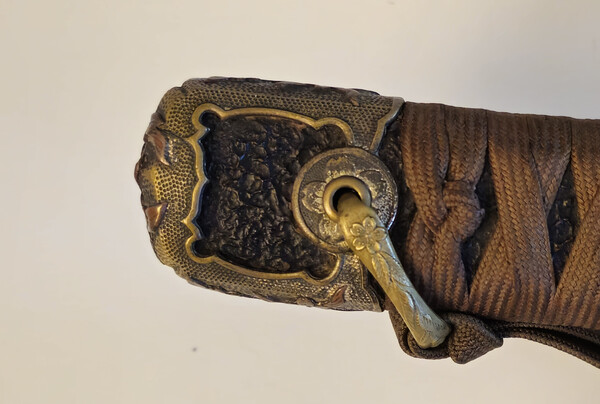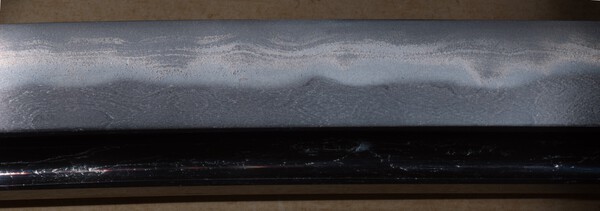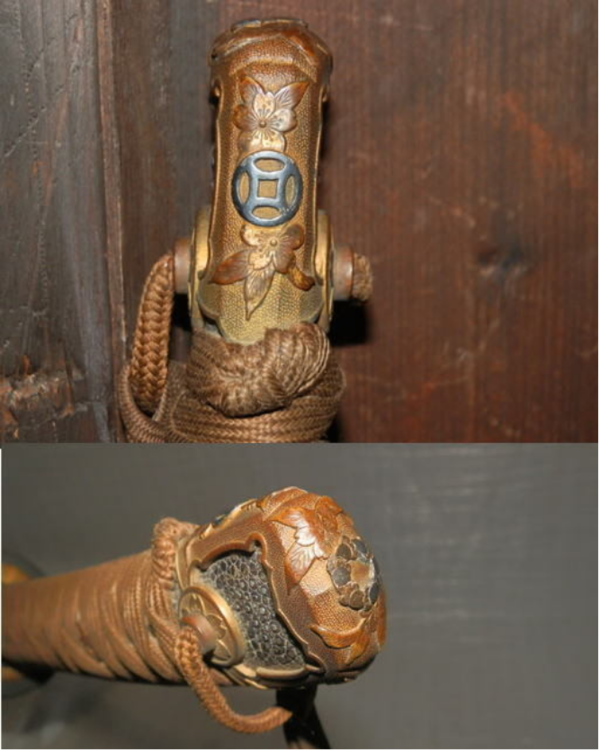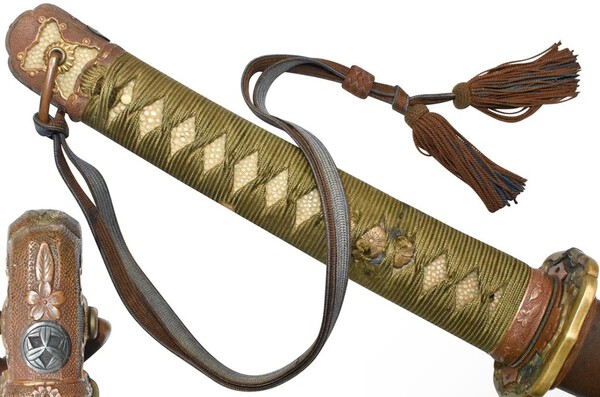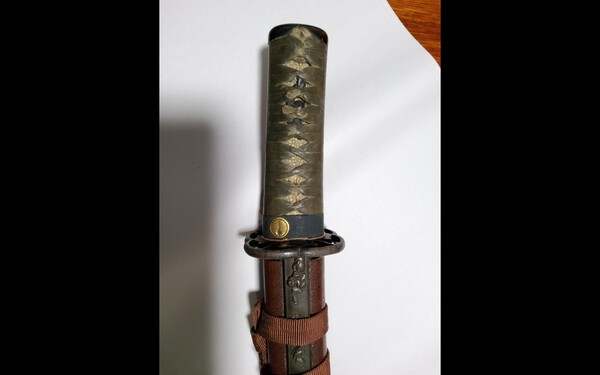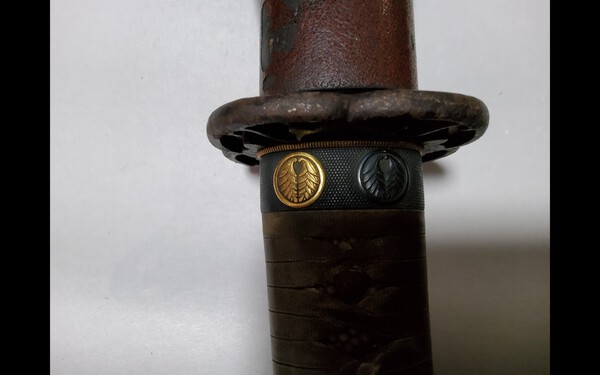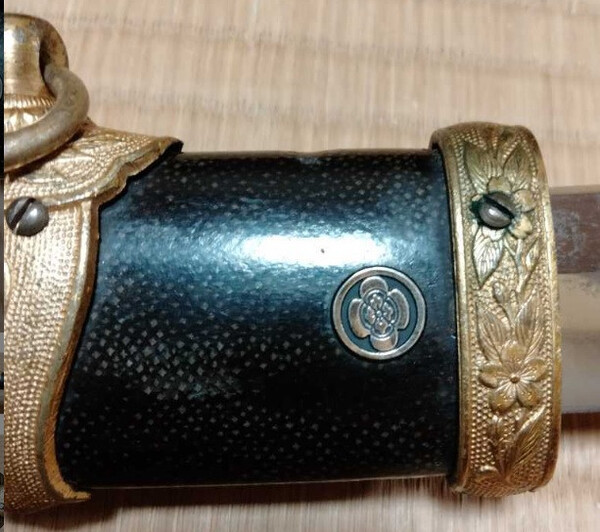Leaderboard
Popular Content
Showing content with the highest reputation on 09/20/2025 in all areas
-
5 points
-
14昭和19年(1944)関刃物工業組合に届出のあった刀工は233人、未登録を含めると265人。関鍛冶伝承館「企画展 近現代刀匠列伝 廃刀令以降の刀匠たち」パンフレット(2004)、岐阜県博物館『伝統と創造 岐阜県重要無形文化財のわざと美』図録(2016)を参照。 Footnote 14: In 1944, there were 233 swordsmiths registered with the Seki Cutlery Industry Association 関刃物工業組合, and 265 including unregistered ones. See the Seki Blacksmith Heritage Museum's "Special Exhibition: Modern and Contemporary Swordsmiths: Swordsmiths Since the Sword Ban" pamphlet (2004) and the Gifu Prefectural Museum's "Tradition and Creation: The Skill and Beauty of Gifu Prefecture's Important Intangible Cultural Properties" catalog (2016). https://www.gifu-kenpaku.jp/wp-content/uploads/2022/10/岐阜県博物館_調査研究報告_第40号(2019・2020)_南本有紀_青木啓将著『現代日本刀の生成』書評に代えて.pdf4 points
-
Request was made to change them to be more "Japanese" and fun. I had a heck of a time trying to research who was above whom, and what to call them. Hopefully I disn't make too many mistakes. I should have consulted with Markus4 points
-
Just bear in mind that the blades in these export-type mounts are usually low quality, made for the Meiji export trade. Carving on this one isn't terrible, nicer than most. Blade looks like a shortened waki or something, but maybe traditionally made. Can't tell if this is ivory or bone. Very often they are bone.3 points
-
Thanks for posting your new baby Dale. Congratulations. An unsigned gun. From what I can see, despite those variations, there is nothing out of the ballpark there for a Japanese Tanegashima, (but I did not fully understand your last paragraph). What is the internal diameter of the barrel in cm? The muzzle surround gets me thinking Sakai but I’m getting other indications too. That butt shape, that water drop trigger, that oval sear guard, etc. Need to hit my books for some comparisons, but I don’t have them here right now. She looks good. Will you be firing her?2 points
-
Not sure if it still exists but other associations mention it. Attached is page 1 from the 2013 annual report put out by the Gifu Prefectural Industrial Technology Research Institute 岐阜県工業技術研究所. 2013-岐阜県工業技術研究所年報-pp01.pdf2 points
-
2 points
-
2 points
-
This is a WWII era blade signed Noshu Seki ju Okada Kaneyoshi saku kore. 濃州関住岡田兼義作之2 points
-
As well as an absolutely superb craftsman, Ford was a truly wonderful person who always willingly shared his vast knowledge.2 points
-
Steve, Feel free to pitch in and contribute any time. You've been buying gunto for many years now so you must have picked up a wealth of knowledge about military swords. It would be really nice for you to voice your opinions and answer open questions on these swords from newer members rather than just asking for help all the time. Please share your know-how!2 points
-
Just came in … Fully functional, but just missing the Trigger Guard & 2 pins and 1 pin that holds the main spring. The breech plug came right out! The bore will need refreshing. Most interesting and curious, in no particular order: -Appears to be sub-40 caliber, of 39” barrel -No Japanese markings -The large cross-pin securing the serpentine is locked in place by a pin down through the top, behind the tang -No ‘through hole’ to hold cord -Barrel is RIBBED the entire length, on the top-most octagonal facets -Stock shows a line on the bottom, below the ramrod hole, but it is not cut through -Inletting in barrel channel appears different that my other Tangs, with the slot cut below the ramrod hole, but what stands out is the deep scores for the bottom barrel flat Any ideas?1 point
-
Hello all, I have posted here a couple times and am always excited to share things I find through my store - this time I have a customer who has an appraisal request (mainly I want to get him the information, era, location etc so he can properly decide what to do with it) of a sword he inherited when a house was passed on to him. It appears to be military (from my extremely limited experience) with a copper saya. I did my best picturing the boshi, but it is difficult to show the nearly invisible line in the light I had available. He is going to bring it back to have a more thorough look later in the day, but I pictured the signature, and the boshi as if I recall, that is the first thing to photograph to check here. That said, I would appreciate any information you can help with, and may need to post more of the pictures in replies to this thread. If you want to request more pictures to get a more detailed look, please let me know. The length from tip to tip is approximately 39 inches, if this helps. Thank you all in advance!1 point
-
Ahh Piers! So near and yet so far! I hope at least that the visiting relatives make the sacrifice worthwhile. All the best.1 point
-
1 point
-
1 point
-
Nice, that's a good one! I have a particular affinity for those early suya Pattern 2 swords. (in this case, probably a pattern 2a by my catalog list, meaning it likely has offset ito and the mekugi puncturing one of the ito knots.) All the best, -Sam1 point
-
The decorations on these tanzaku were always made before the artist brushed the poem. On these ones the manufacturer first used blue paint and drew this wavy design. He then scattered flakes of mica or gold leaf as an extra decoration. It’s fun to see how the artist sometimes matched the content of the poem with the decoration of the tanzaku. There are two major types of tanzaku; the white ones which might include some scattered gold or they might be completely plain and then you have the decorated one. The latter was of course much more expensive. We know that Rengetsu bought hers from a dealer in Kyoto. But she of course also was gifted many of these tanzaku from friends and customers. She must have gone through hundreds per month. Jan1 point
-
1 point
-
スパルタンヘルム Mouthful - It might take longer to say than the length of the reign!1 point
-
That would be a bot mean to those who only want to sell an item or 2...and probably reduce the number of people selling, which is a bit drawcard here. It would be an obvious move to increase numbers, but I don't think I want to go that far. May have to limit the number of listings though. But need to figure out how to manage that in the software. Can't monitor it manually. Need to do something though, as it is verrrry slow currently and we've gone backwards in terms of funds. But still ok. Still considering options. No take ups on the month-to month option, so we have to look elsewhere. No serious requests for increased upload sizes or resolution yet. Pm limits, we'll see if that has any effect. A private mei/oshigata database is set up, but would take a looong time for people to populate it with mei that are shoshin, so it would be a long term thing. But probably worth doing. How to select the main smiths to start with is difficult, and then we can branch off to the other smiths. Maybe separate military guys from the pre-WW2 smiths?1 point
-
1 point
-
@Patinamax Lance as noted by Ray it is Okada Kaneyoshi. He was well experienced and a good. smith. This is an early war sword and looks to be a well made Showato. The long kissaki is interesting. This could be a custom work. Please show koshirae as John requested. There were quite a few Kaneyoshi in Seki, but his details are listed in NMB Download:1 point
-
The mounts look to be of the better quality sort, can you please share any further images of the Koshirae?1 point
-
1 point
-
Nothing better than a well-prepared cup of gyokuro. But you really need to know what you are doing. Most people don’t understand how much tea you use in comparison to the amount of water. It’s just crazy to be honest We touched upon the nun’s production. She was very prolific, to say the least. Especially between 75-85. I have an interesting exemple of this. Here’s three tanzaku. They are of the absolute highest quality. They carry three different poems (spring, autumn and winter themed). They are all dated to her 79th year. She got these three (at least) tanzaku in one delivery and most likely in a burst of inspiration, brushed poems on them in one sitting. We of course don’t know when in the year she got them, but I find it interesting that she brushed poems from three different seasons. Having a catalogue of over 1000 poems to go from, I guess she brushed whatever came to mind, despite the season. Jan1 point
-
1 point
-
1 point
-
Just blame the English, it is too complicated for us poor convicts in OZ1 point
-
I already mentioned it once I think, but I was involved in briefly assessing foreign ministry property which was taken as Soviet trophy. 90% was Chinese gifts from early and pre-Hitler period - vases, plaques, some artwork, contemporary or early XXth century items. There was surprisingly little Japanese.1 point
-
First print was in 1937 after my research Bradley1 point
-
Florian could be on to something here. There is a similar tsuba in the Metropolitan Museum https://www.metmuseum.org/art/collection/search/32182 With fat heart shaped "fans"? This from another tsuba found on-line - not sure if it is a fan or some sort of commemoration plaque? Then there is this where the whole tsuba is that shape. https://www.mokumeganeya.com/e/mokumeganetour/2019/08/28/find-mokume-gane-chapter-20/1 point
-
Here is the favourite bird-themed tosogu from my collection: a tsuba by Watanaba Issei. It depicts the southward migration of geese in the autumn months and their return to Japan in the eighth lunar month known as “Kanaraigetsu”. As the geese migrate south from their summer visit to Siberia they inspire thoughts of the coming winter, but also give a strong feeling towards the Japanese spirit. I fully appreciate how especially during times of change and uncertainly that this yearly event brings a sense of unity and national pride. The importance of geese in Japanese art was further secured by stories of several military heroes who had achieved victory in battle when a sudden breaking of ranks by flying geese signaled an ambush. This protective role of the birds led to their frequent use in decorating tosogu. I particularly like the detailed carving of the geese on the omote and the snow on the reeds; you can see them buckle under the weight. On the ura the imprints of the geese's feet in the snow are very charming, as well as the sekigane which is made to look like snowfall, a lovely touch.1 point
-
1 point
-
1 point
-
1 point
-
1 point
-
1 point
-
This one is very nice. I think as you said it is a phoenix... That one is my type of flashy!1 point
-
1 point
-
These books are not related to my own online Gokaden series, they are translations of Tanobe Sensei's books on the same topic, as Brano pointed out. Bizen I (Osafune School) has been translated by me and submitted, and I think the publisher Me no Me has it scheduled for spring of 2026. I am meeting with them in Japan in two months and discuss the future volumes, based on the way Tanobe Sensei is comfortable with continuing writing them (and has made progress so far).1 point
-
Mike, You can read up on the NCO Type 95 on Ohmura's site: NCO Gunto Type 95 - Ohmura The stamps can be identified there as well, but here is a chart from his pages: As you will see, the "Ichi" logo is of a shop not officially identified. Several of us, here at NMB, believe it is the same shop as the Kobe Sword Forge as seen with a "K" in sakura (cherry flower).1 point
-
1 point
-
Ken, Good job removing the tsuka. Pretty easy, right? Since you didn't show the other side of the nakago, I assume there was no date. The larger Seki stamp was used by the quality control inspectors of the Seki Cutlery Manufacturers Association, a civilian trade group asked to weed out poorer quality blades from hurting the market's reputation. We see the stamps on blades made in 1940 - 1944, but most of them were made in 1942. So, you have a general idea of the age of your sword. You can read up on the kaigunto on this site: Navy Officers Sword - Ohmura Care and cleaning info: Japanese Sword Care - Japaneseswordindex.com1 point
-
One can use a handheld camera-microscope this days for even higher magnification.. its fun, but as a learning instrument its not particularly rewarding. The issue is that most information is contained not in some secret structure, but in how the steel reacts to light at different angles. For example, if the appearance does not change much its a very strong argument its not koto. If one does photography for a long time one learns there are 5-6 angles one needs to always check, and Muromachi blades will generally react differently than, for example, Kamakura. And one is going to see additional richness in the structure. With super-high magnification its very difficult to do that. Here is "macro" shot, but the trick was to position the light source just right. Lens etc was strictly a secondary importance. BTW hada here is a strong kantei point which in principle allows you to identify the maker.1 point
-
1 point
-
1 point
-
1 point
-
I came across a wakizashi today that had three mons located on the fuchi. All appear to be the same family line (haven't checked that yet) but interestingly there is gold and black one on one side of the fuchi and another gold one on the other side. The mei for this tanto is currently on on the translation thread. Rob1 point
-
1 point
This leaderboard is set to Johannesburg/GMT+02:00

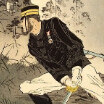


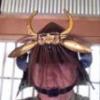

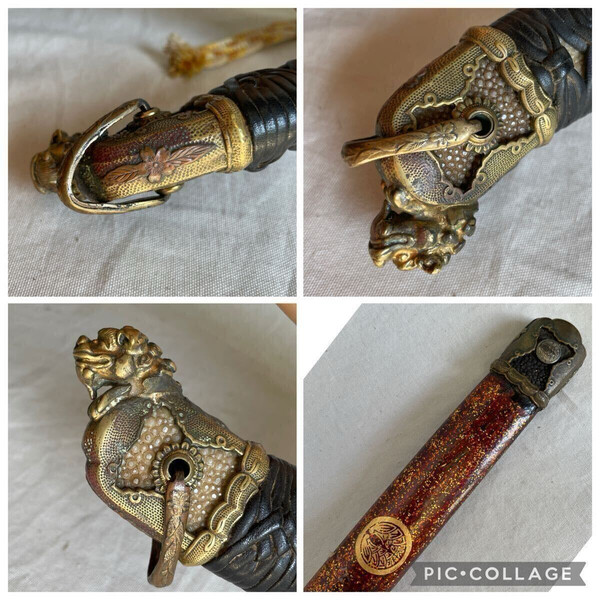

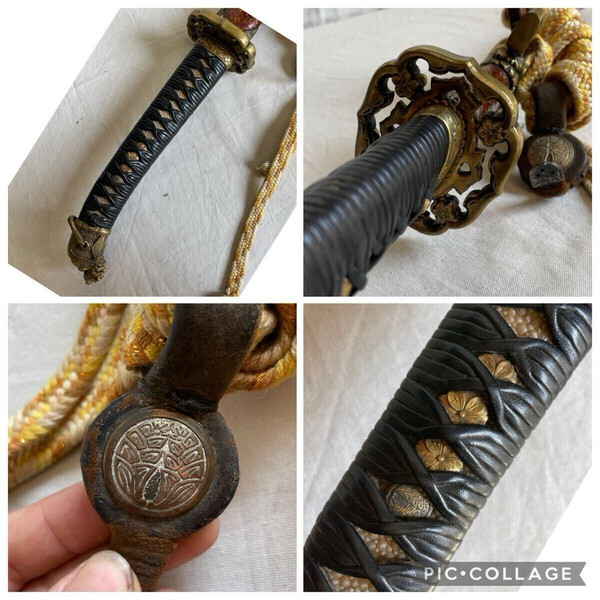

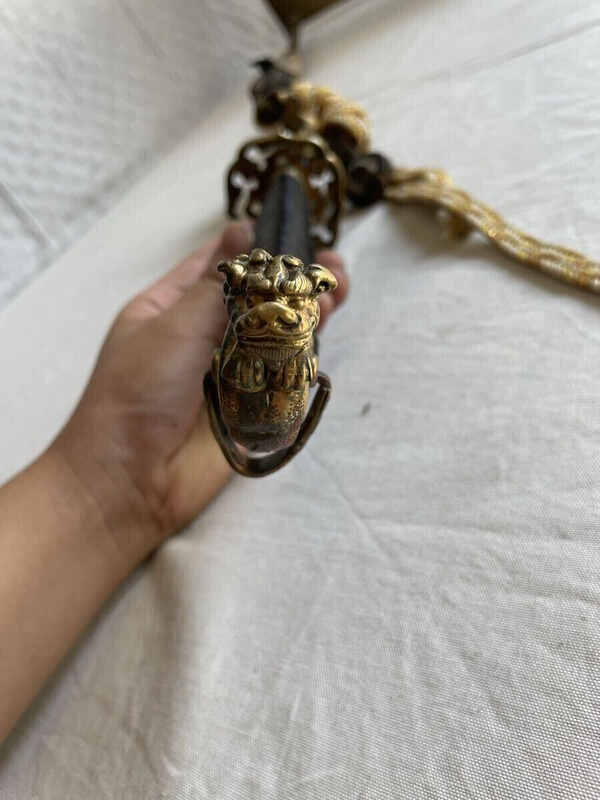

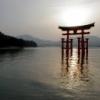

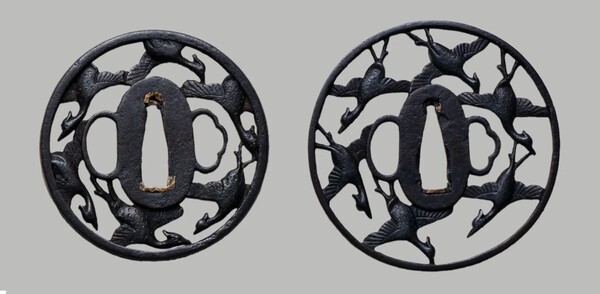
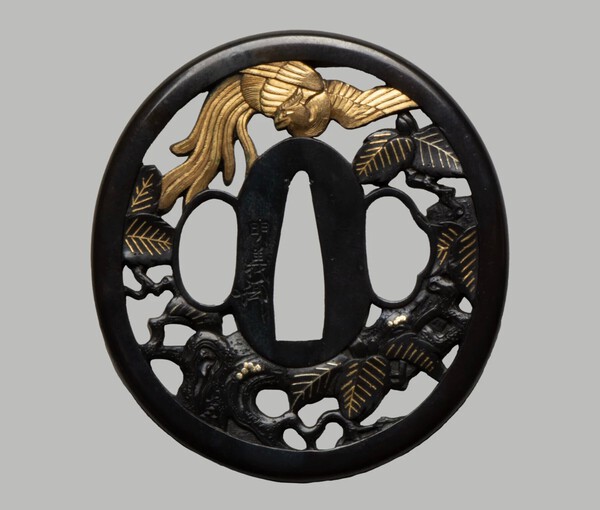
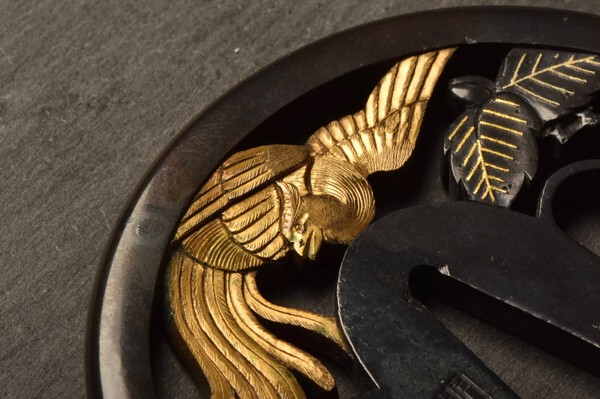
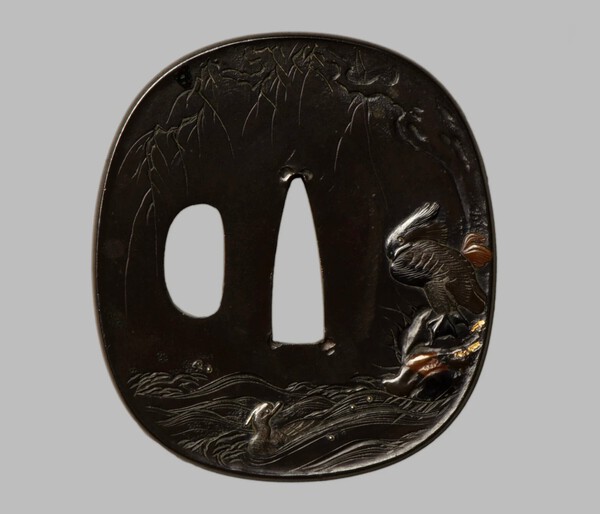
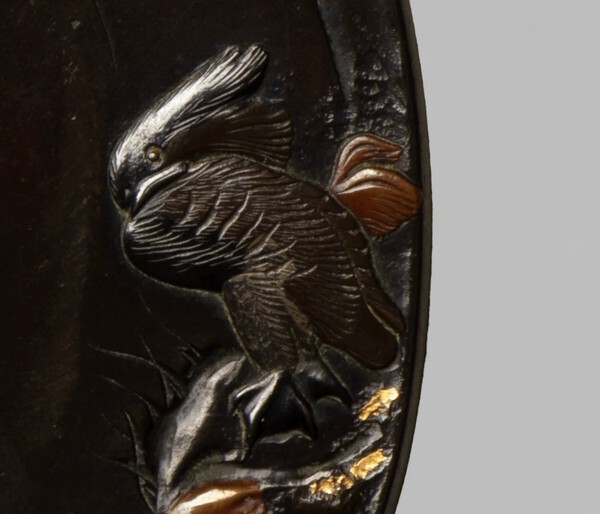


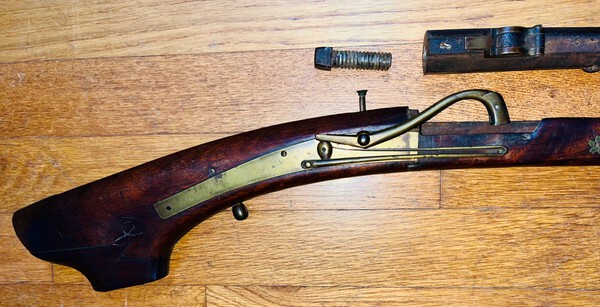

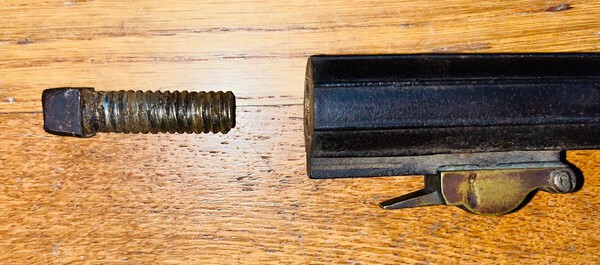


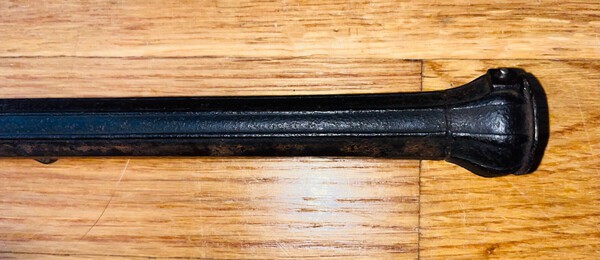

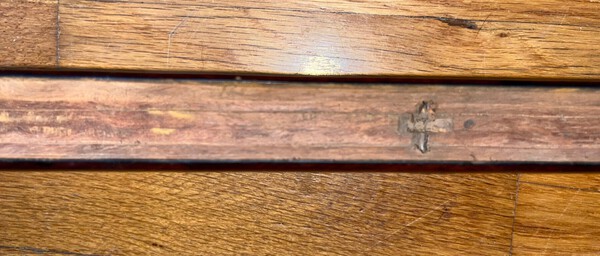





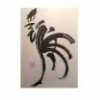
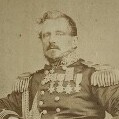










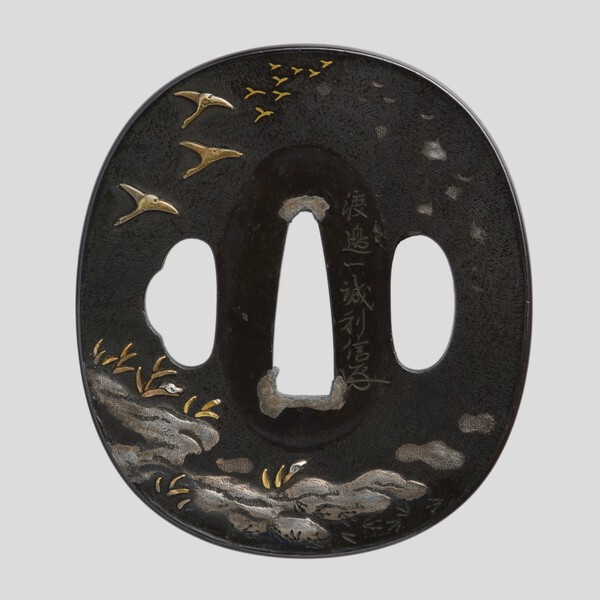
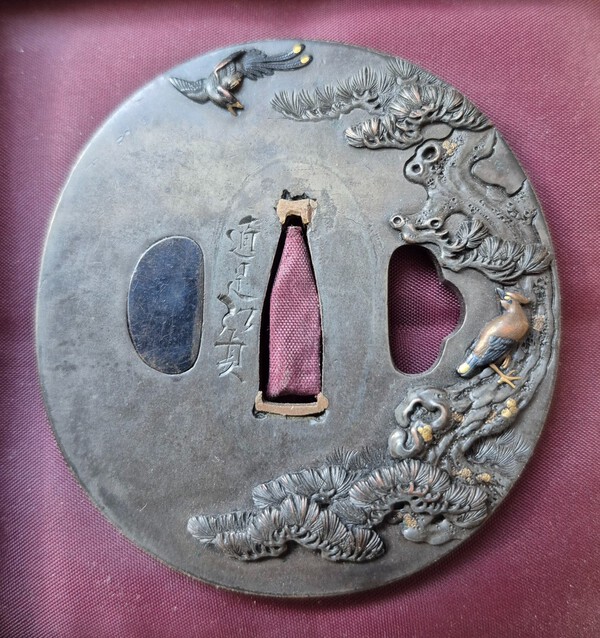
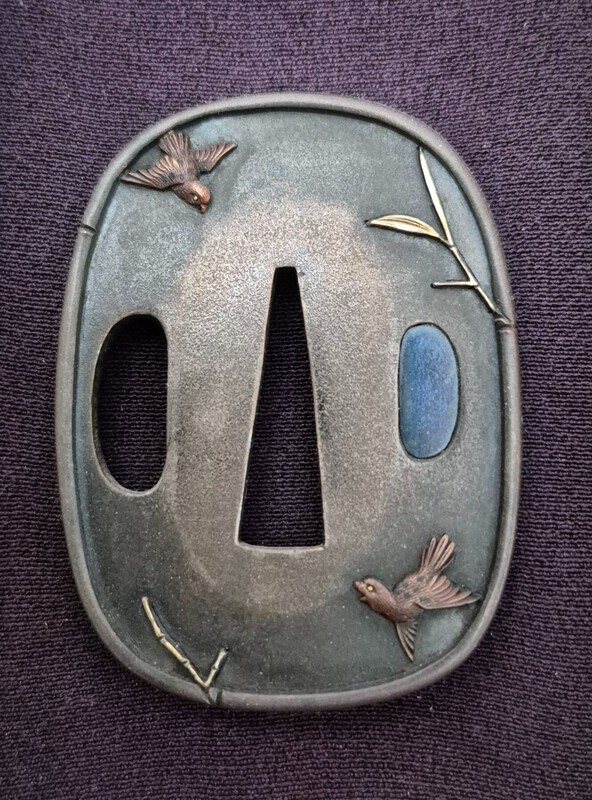


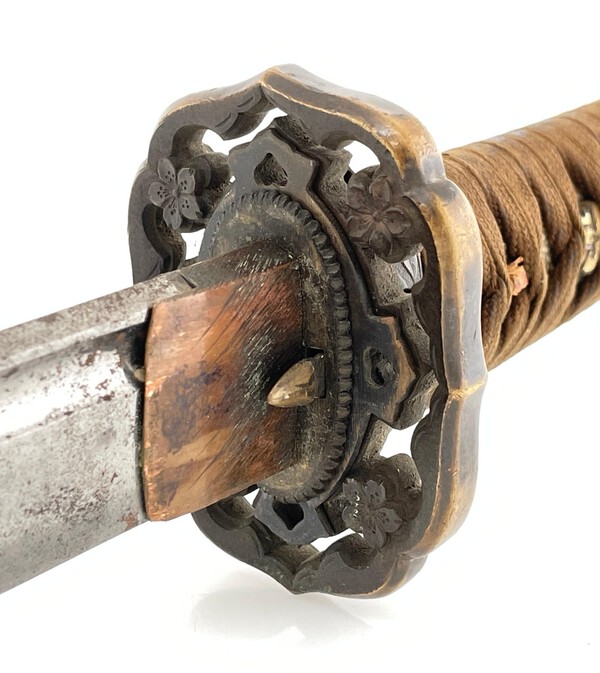
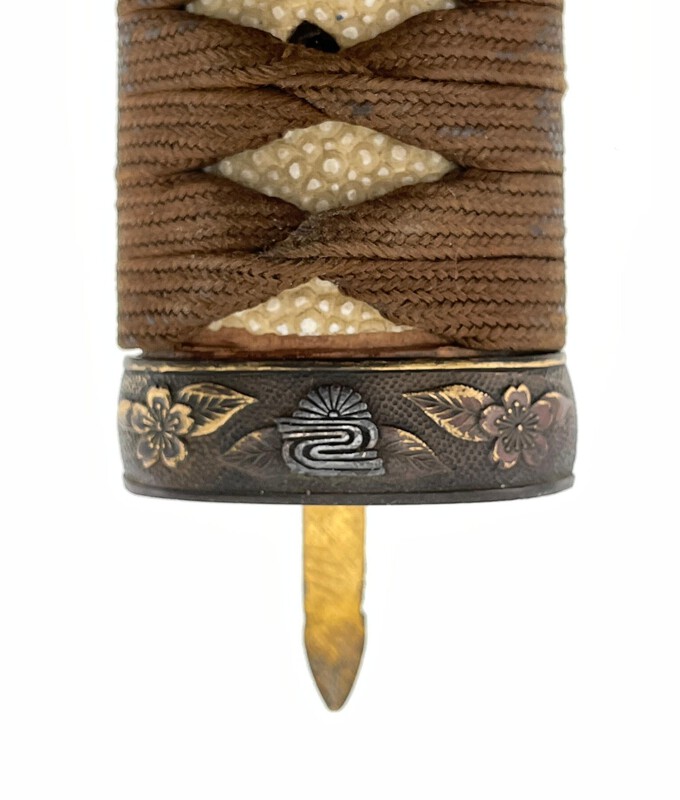


.thumb.png.4c5df79fec171b2dc4a23af38e280a4d.png)
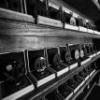
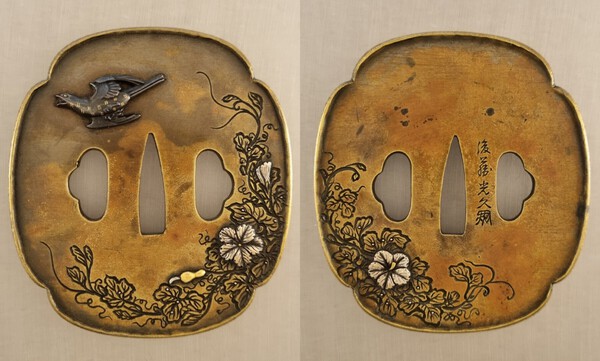
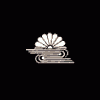

.thumb.jpg.e08fe119d6ca63724731e6af4692a7e0.jpg)
.thumb.jpg.74b69bf5d01e4ad7633d226e41a85d21.jpg)
